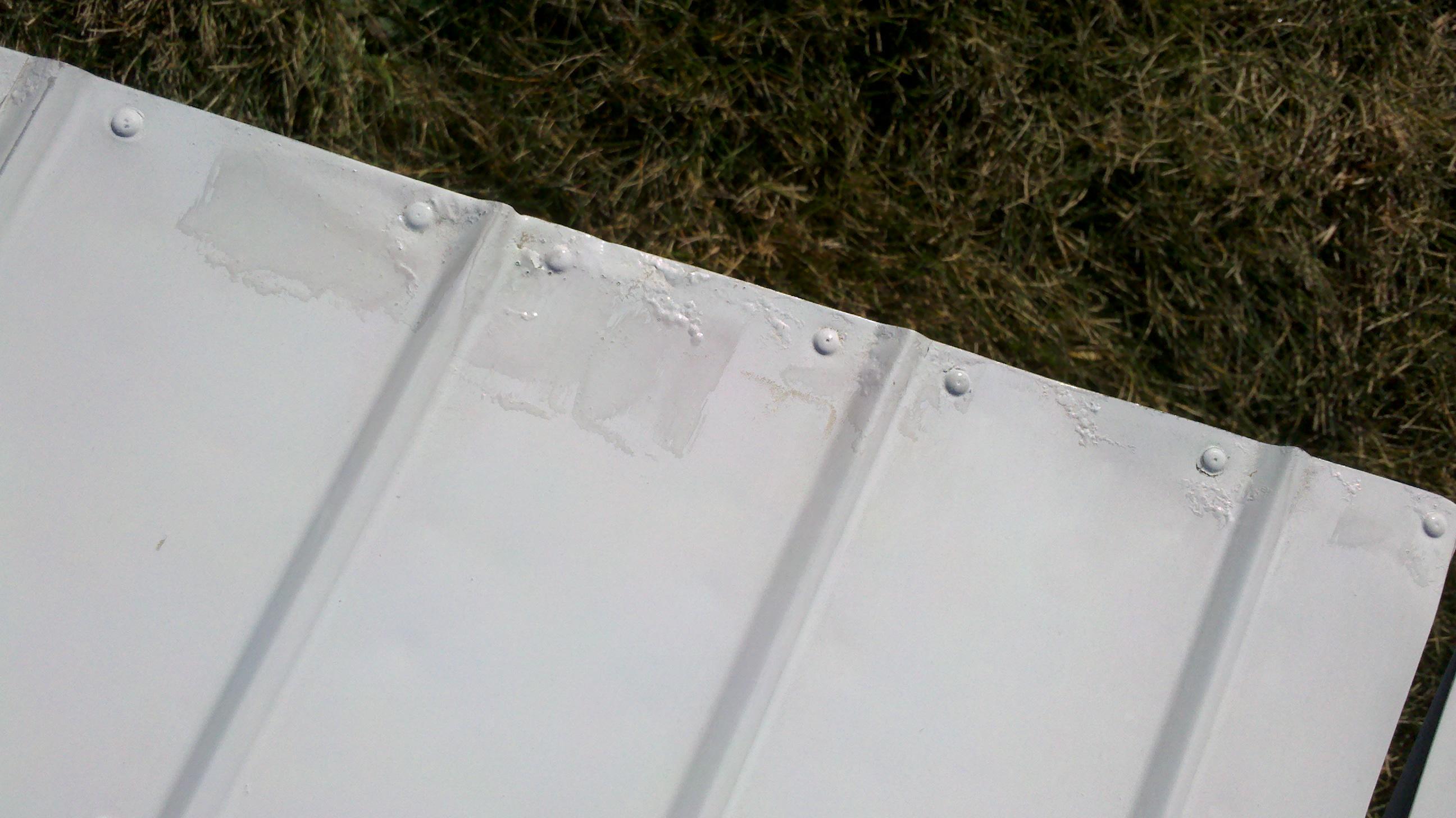UngaWunga
Pattern Altitude
- Joined
- Oct 27, 2014
- Messages
- 1,969
- Display Name
Display name:
UngaWunga
So, what's the best way to fix this and prevent it from happening again the future? Plane has been sitting outside for a while. Cessna 172.
Strip the paint chemically, lightly sand it, prime it with something, and spray bomb paint it? Suggestions on chemical strippers, primers, and where to get color matched spraypaint?

Strip the paint chemically, lightly sand it, prime it with something, and spray bomb paint it? Suggestions on chemical strippers, primers, and where to get color matched spraypaint?




